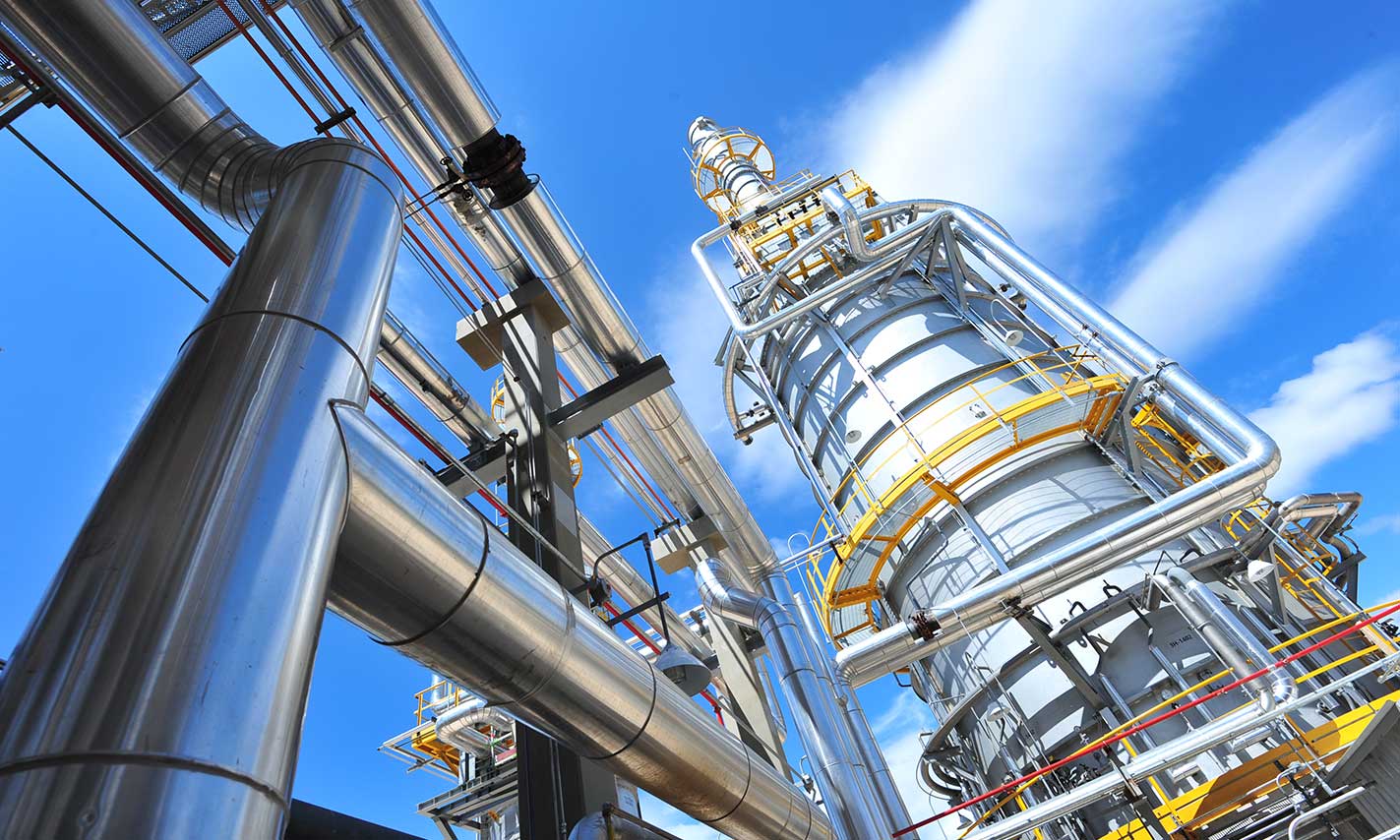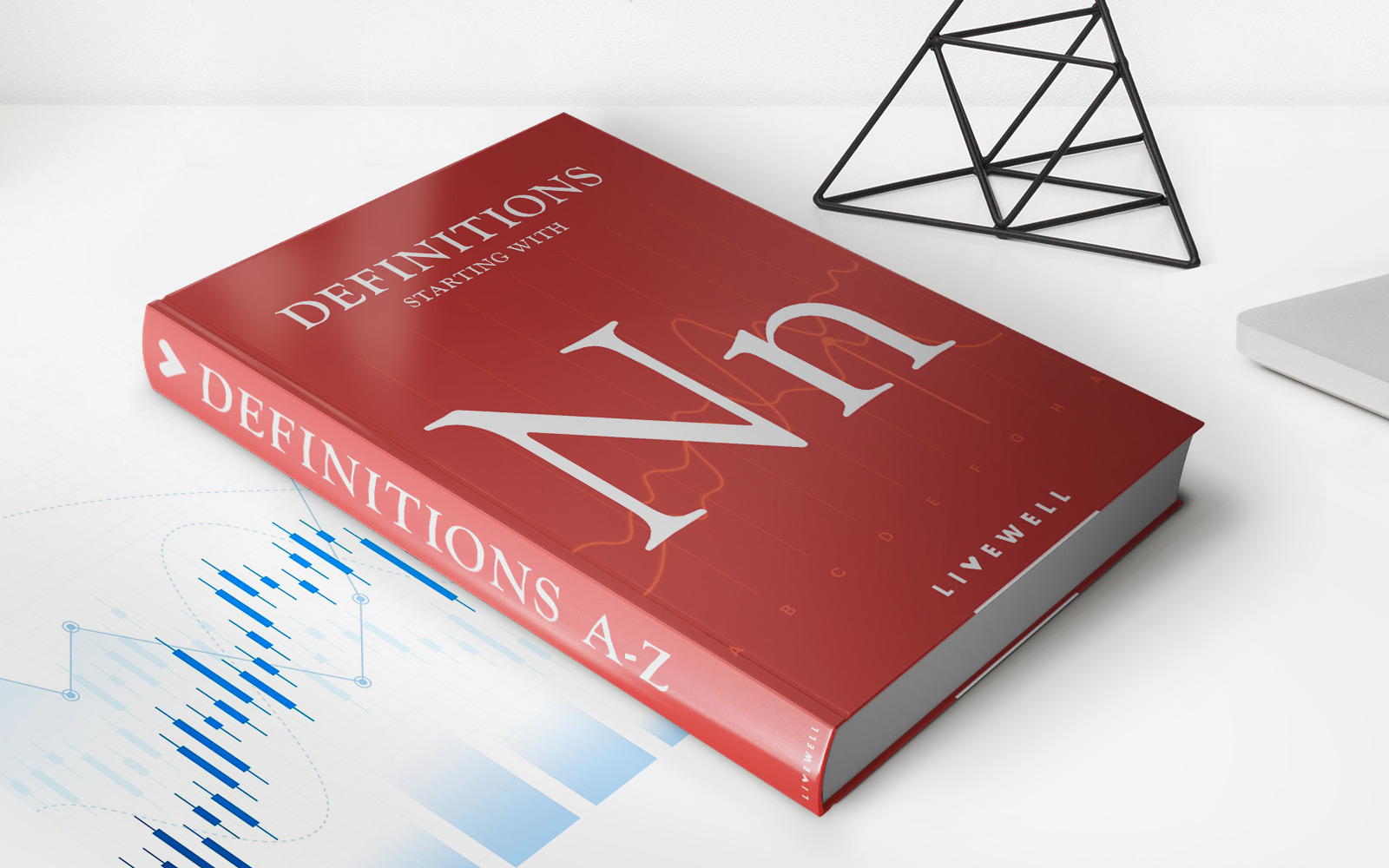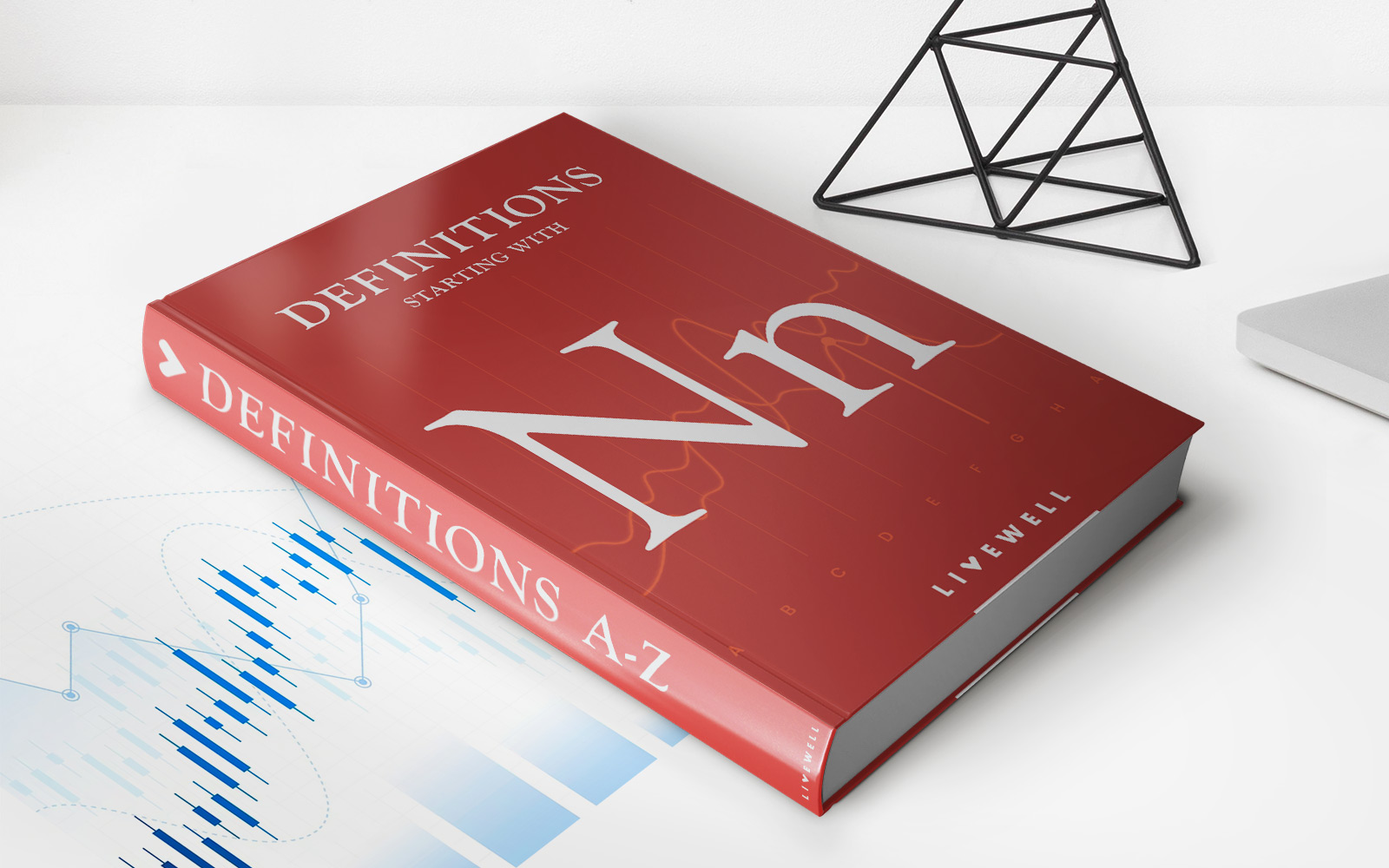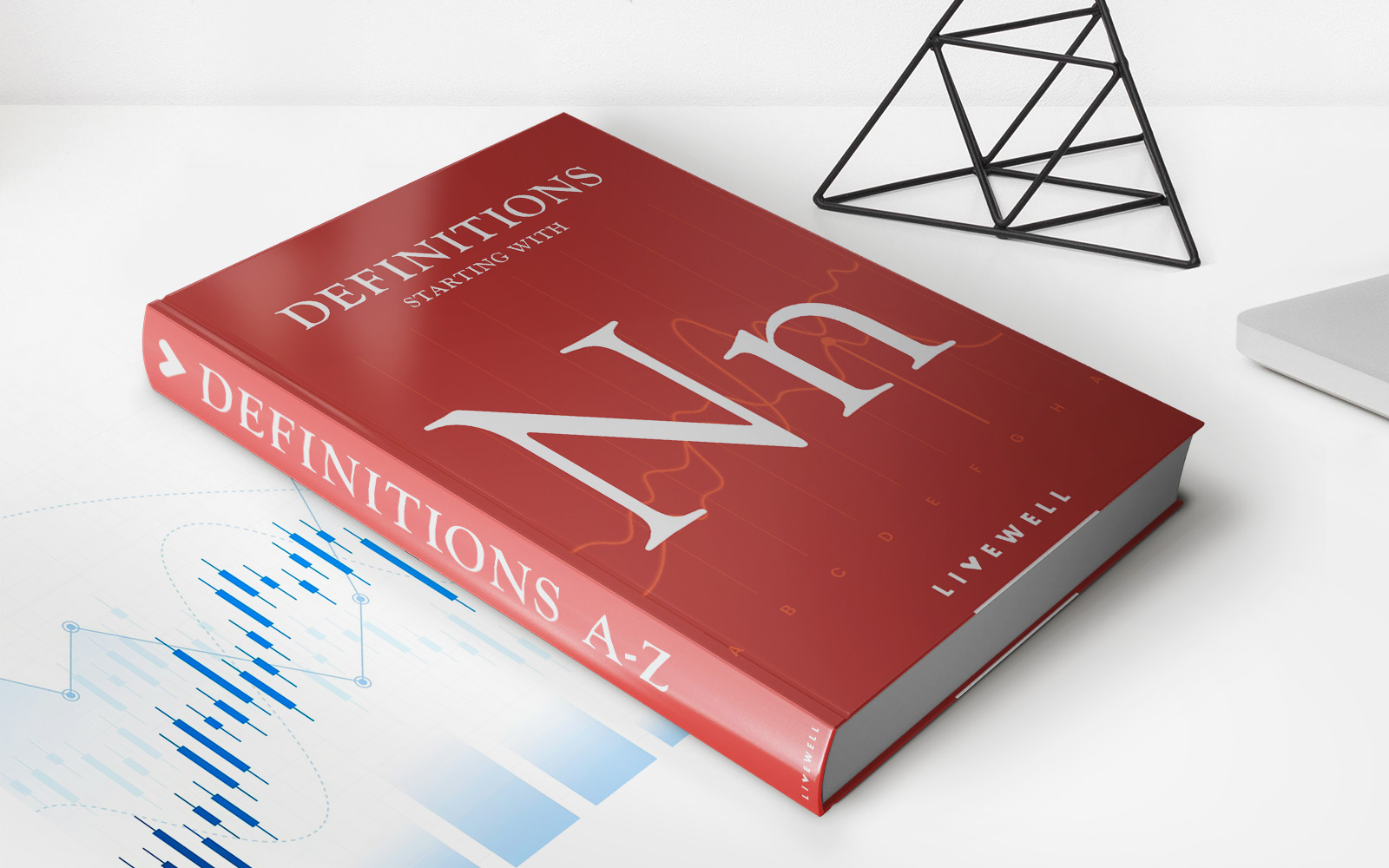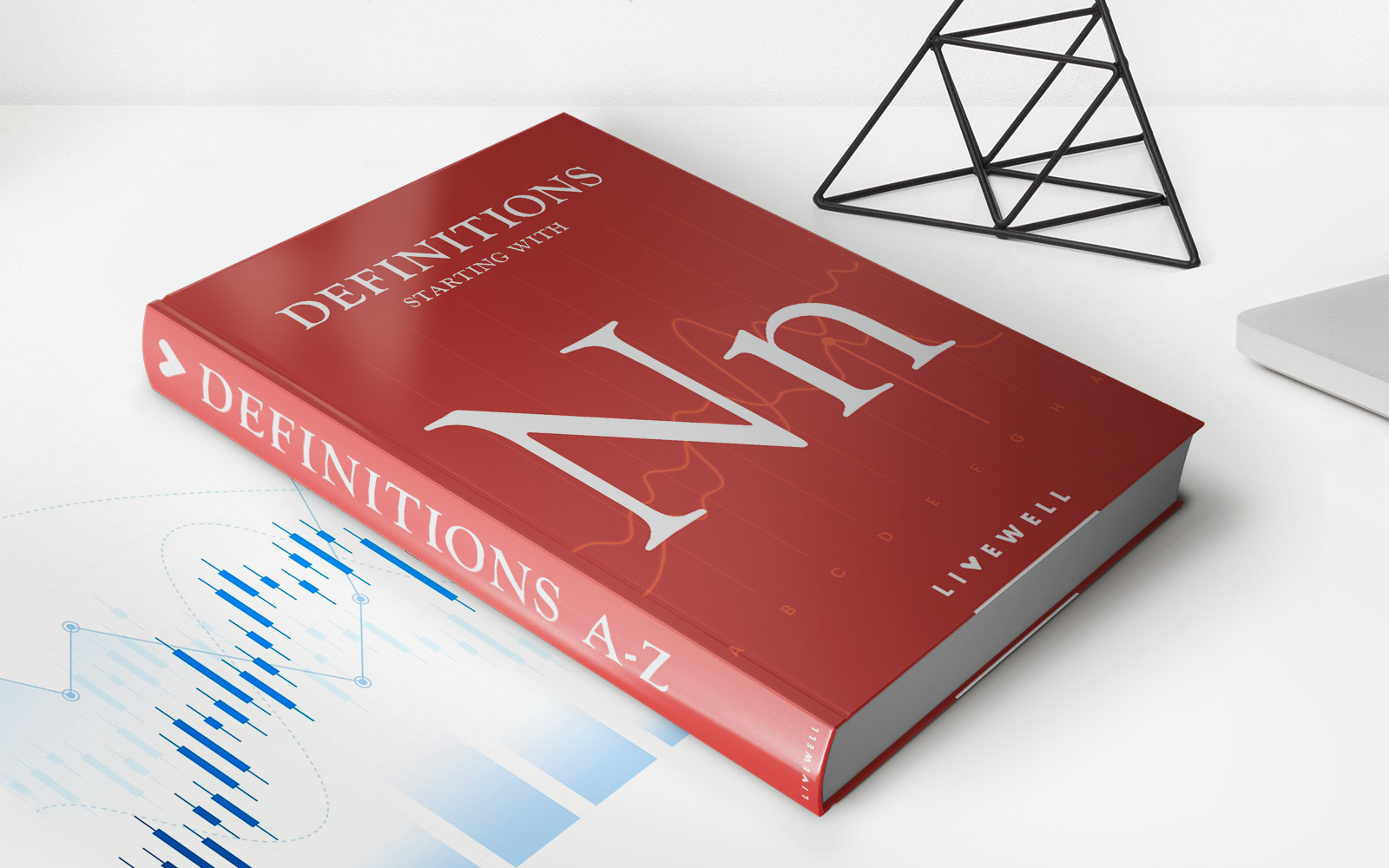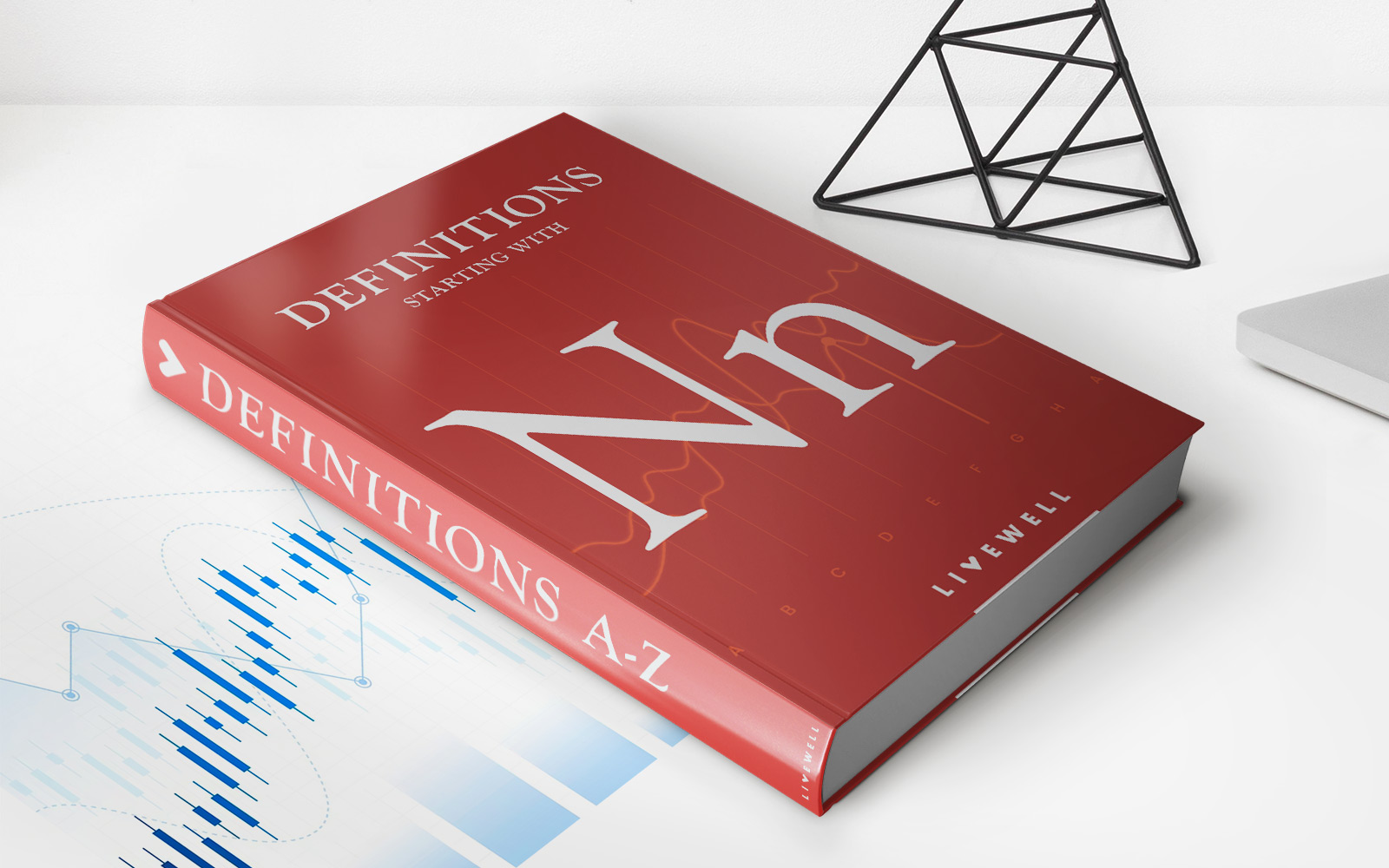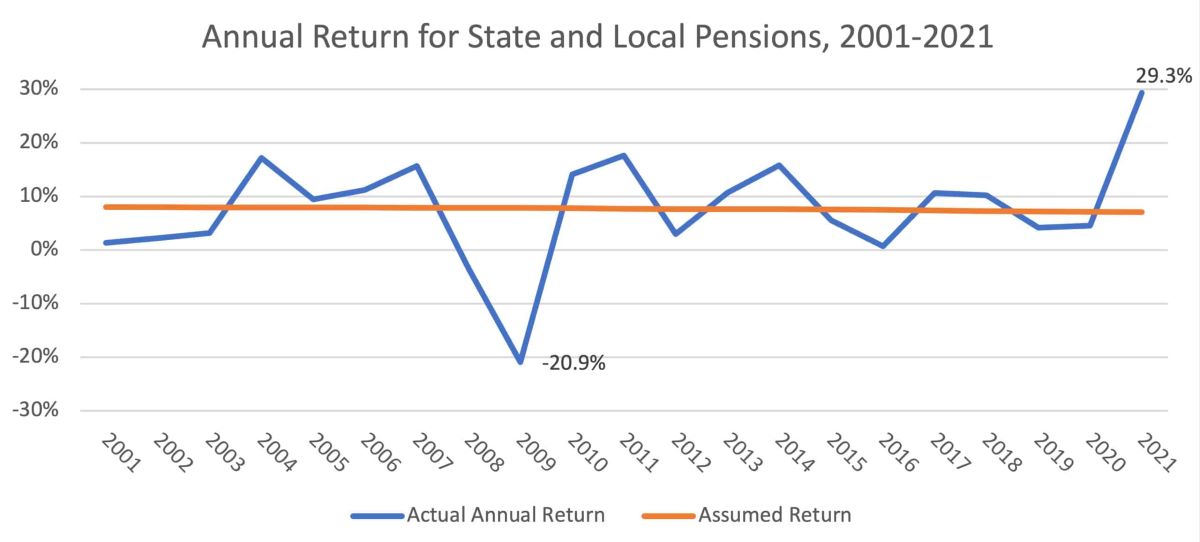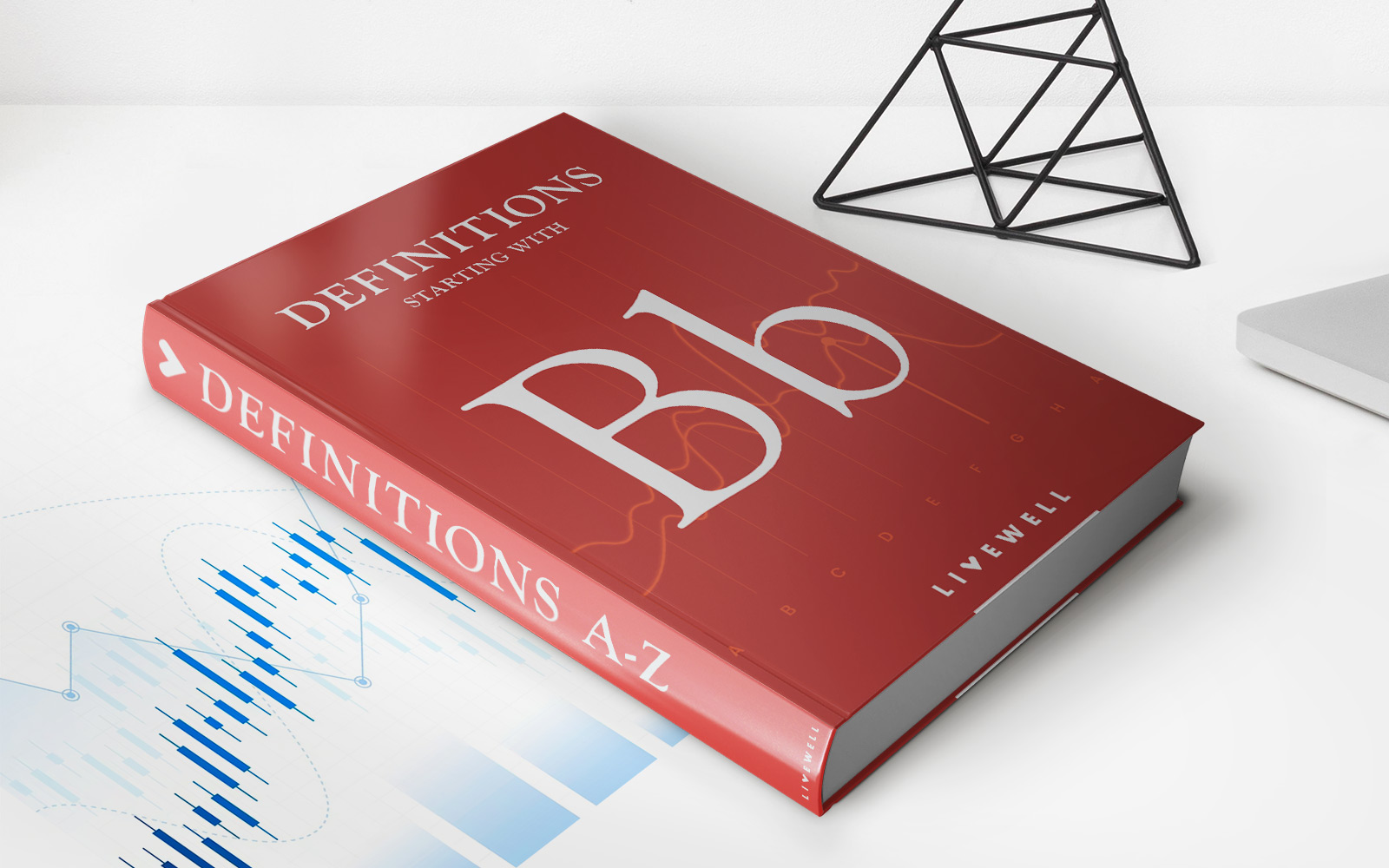Home>Finance>Natural Gas Liquids (NGL): Definition, Types, Examples
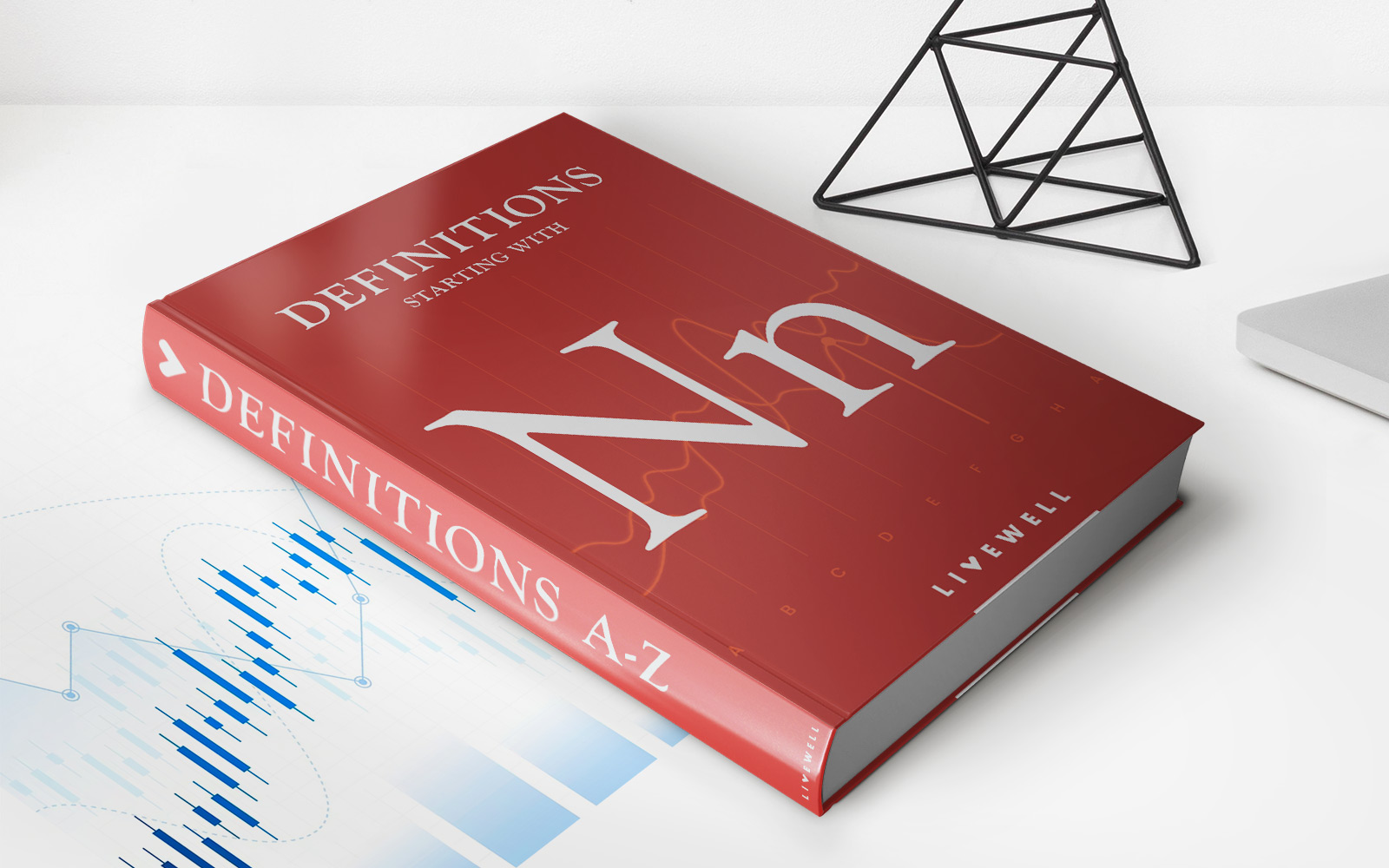

Finance
Natural Gas Liquids (NGL): Definition, Types, Examples
Published: December 29, 2023
Learn about natural gas liquids (NGL), their definition, types, and examples in the finance industry.
(Many of the links in this article redirect to a specific reviewed product. Your purchase of these products through affiliate links helps to generate commission for LiveWell, at no extra cost. Learn more)
Natural Gas Liquids (NGL): Definition, Types, Examples
Hello there, fellow finance enthusiasts! Today, we’re diving into the world of Natural Gas Liquids (NGLs). If you’re unfamiliar with NGLs or want to learn more about them, you’re in the right place. In this blog post, we’ll explain what NGLs are, explore the various types of NGLs, and provide some examples to help you understand their importance in the financial world. So, let’s get started!
Key Takeaways:
- Natural Gas Liquids (NGLs) are hydrocarbons that are separated from raw natural gas during the refining process.
- There are three main types of NGLs: ethane, propane, and butane, each with its own unique characteristics and uses.
The Definition of Natural Gas Liquids (NGLs)
Natural Gas Liquids (NGLs) are hydrocarbons that are extracted from raw natural gas in order to maximize its value and usability. They are typically separated from the raw natural gas through various refining processes. While natural gas primarily consists of methane, NGLs are the heavier hydrocarbons that are found alongside methane in the gas stream.
The Types of Natural Gas Liquids (NGLs)
There are three main types of NGLs:
- Ethane: Ethane is the lightest of the NGLs and has a boiling point of around -128.2°F (-88.9°C). It is primarily used as a petrochemical feedstock in the production of plastics, synthetic fibers, and other industrial products.
- Propane: Propane is a popular fuel source used for heating homes, cooking, and fueling appliances like grills and forklifts. It has a boiling point of -43.6°F (-42°C) and is also used in the petrochemical industry.
- Butane: Butane has a higher boiling point than propane, around 31.1°F (-0.5°C), and is commonly used as a fuel for lighters, stoves, and camping equipment. It is also blended with gasoline to increase its octane rating.
Examples of Natural Gas Liquids (NGLs)
Here are some examples of how NGLs are used in everyday life:
- In the petrochemical industry, ethane is a vital raw material used to produce plastics and other industrial materials.
- Propane is used as a heating fuel in many homes and is a favorite choice for outdoor grilling.
- Butane is often found in lighters, camping stoves, and portable heaters.
These examples demonstrate the versatility and importance of NGLs in our daily lives and industries.
Conclusion
Now that you have a clear understanding of Natural Gas Liquids (NGLs), their types, and their uses, you can appreciate their significance in the financial landscape. As hydrocarbons extracted from raw natural gas, NGLs play a crucial role in various industries, from petrochemicals to heating and fuel applications. Remember, ethane, propane, and butane are the main types of NGLs, each contributing to different aspects of our daily lives. Stay tuned for more insightful finance articles, and feel free to explore our other captivating blog posts!

